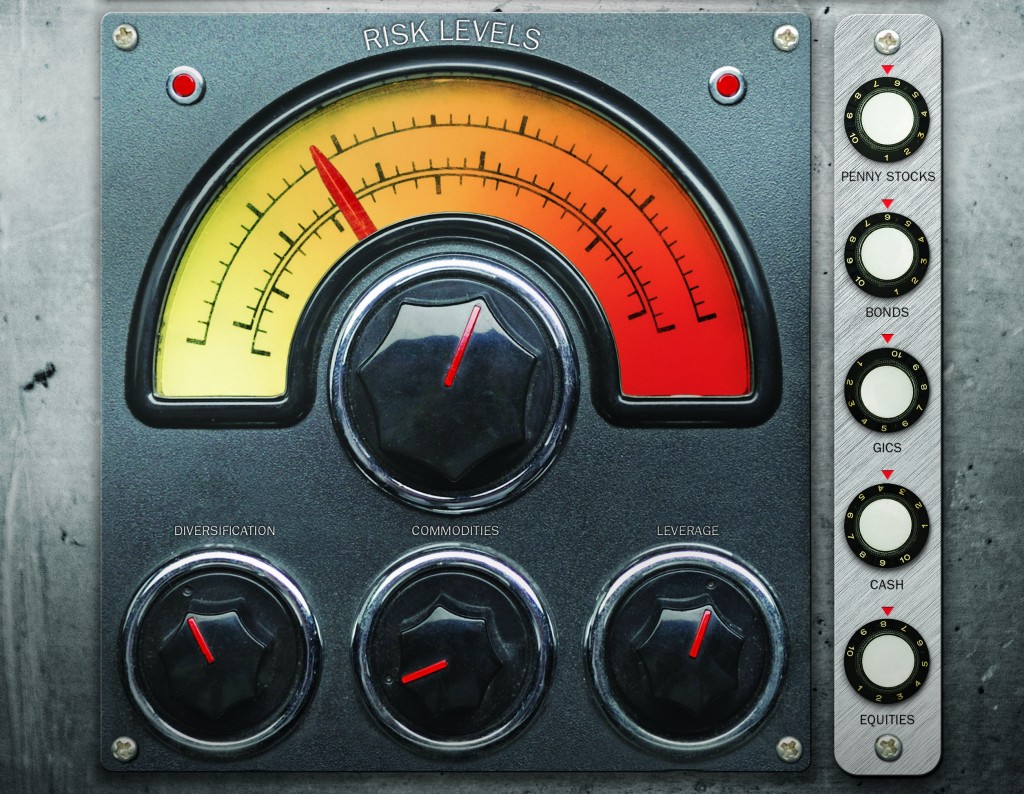Are your investments at risk?
It can be hard to tell, as many investors don’t really understand what risk is
Advertisement
It can be hard to tell, as many investors don’t really understand what risk is

Share this article Share on Facebook Share on Twitter Share on Linkedin Share on Reddit Share on Email